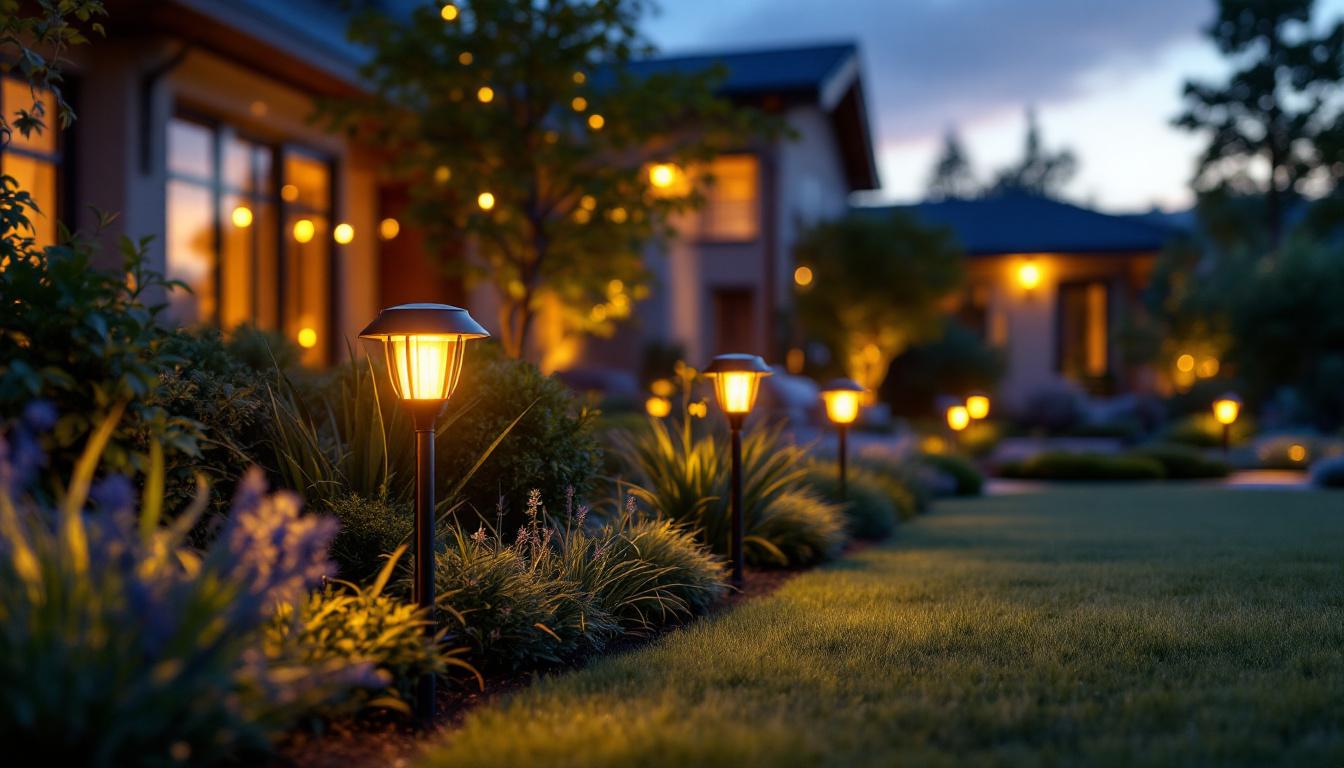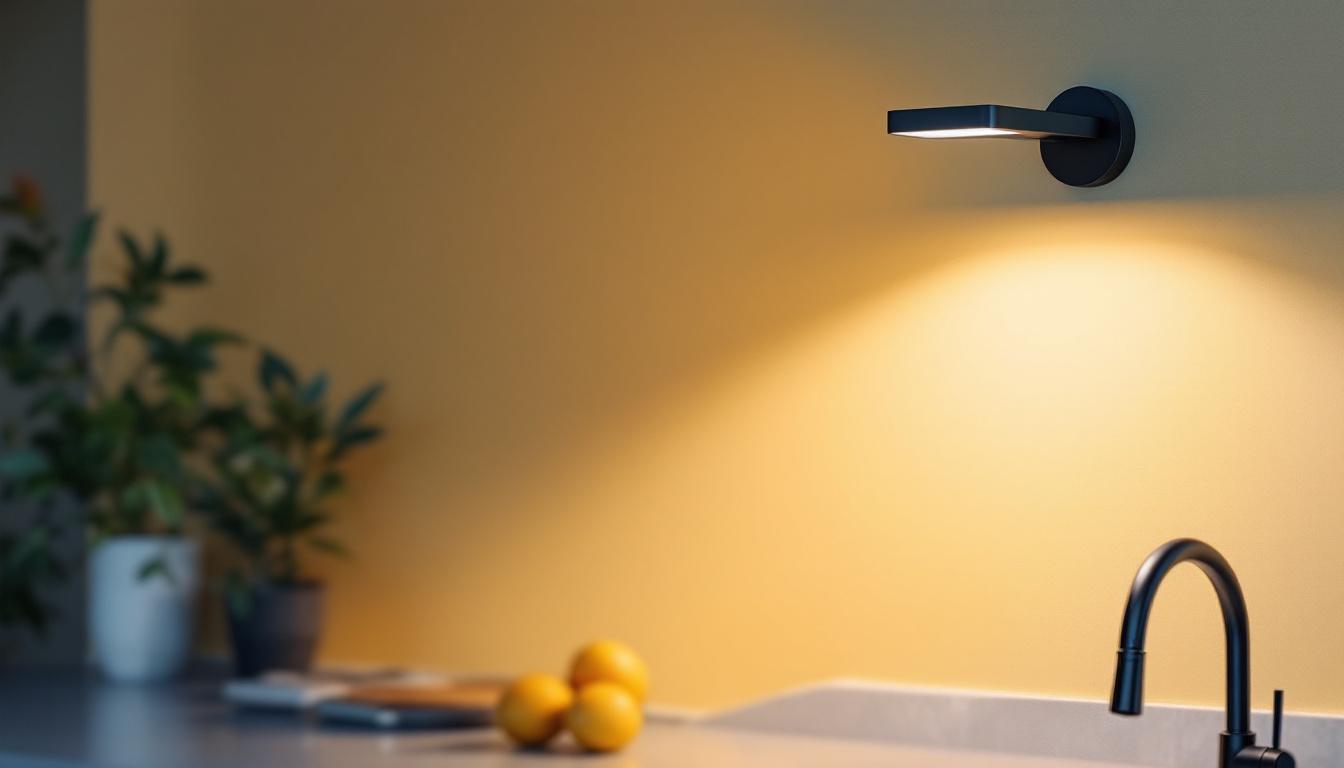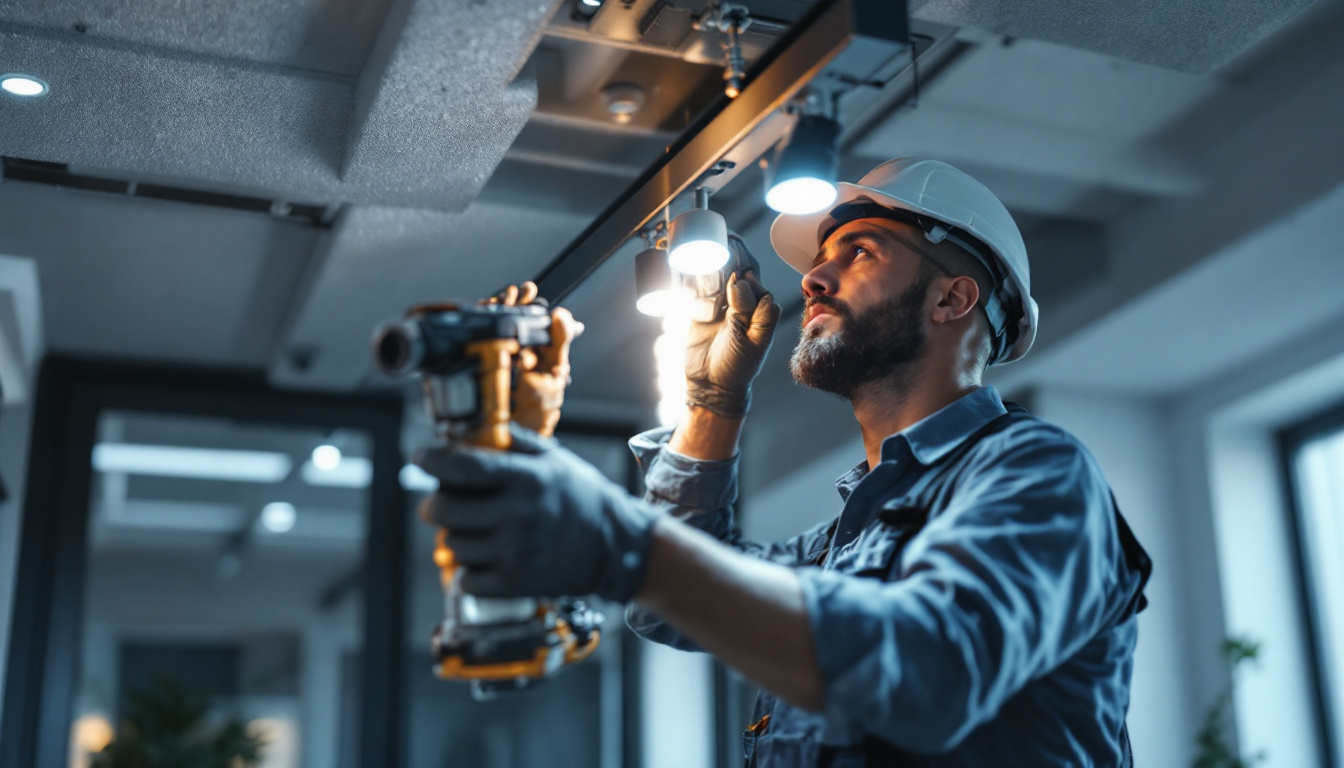
As the demand for sustainable and energy-efficient solutions continues to rise, outdoor lighting has seen a significant transformation. Among the various options available, solar-powered outdoor lighting stands out as a popular choice. However, lighting contractors often face the challenge of deciding between solar-powered solutions and traditional alternatives. This article will explore the benefits and drawbacks of solar-powered outdoor lighting compared to other options, providing insights to help contractors make informed decisions.
Solar-powered outdoor lighting utilizes photovoltaic cells to convert sunlight into electricity, which is then stored in batteries for use during the night. This technology has evolved significantly, leading to improved efficiency and reliability. Solar lights are commonly used in pathways, gardens, and commercial properties, offering an eco-friendly lighting solution. With advancements in solar technology, many models now feature motion sensors, allowing them to activate only when needed, which further conserves energy and extends battery life.
One of the most compelling advantages of solar-powered outdoor lighting is its environmental impact. By harnessing renewable energy, these systems reduce reliance on fossil fuels, contributing to lower carbon emissions. Additionally, solar lights often come with lower installation costs since they do not require extensive wiring or trenching. This not only simplifies the installation process but also allows for greater flexibility in placement, enabling homeowners and businesses to illuminate areas that may have been challenging to wire traditionally.
Moreover, solar-powered lights are typically low-maintenance. With fewer moving parts and no need for electrical connections, they can operate effectively with minimal upkeep. This can lead to significant savings for both contractors and clients in the long run. Many solar lights are designed to withstand various weather conditions, featuring durable materials that resist rust and corrosion, making them a practical choice for outdoor use. Furthermore, the availability of various styles and designs means that solar lighting can enhance the aesthetic appeal of any outdoor space, from contemporary gardens to rustic pathways.
Despite their many advantages, solar-powered outdoor lighting does have limitations. The performance of solar lights is heavily dependent on geographic location and weather conditions. In areas with limited sunlight, the efficiency of solar lights can be compromised, leading to inadequate illumination during the night. This can be particularly problematic in regions with long winters or frequent overcast days, where solar energy generation may be significantly reduced.
Additionally, the initial cost of high-quality solar lighting systems can be higher than traditional options. While the long-term savings may justify the expense, contractors must consider the upfront investment when recommending solar solutions to clients. It is also essential for consumers to research and select reputable brands, as the market can be flooded with lower-quality products that may not perform as expected. Investing in well-reviewed solar lighting can ensure better performance and longevity, ultimately leading to greater satisfaction and value for the investment made.
In contrast to solar-powered lighting, traditional outdoor lighting options typically rely on electricity from the grid. These alternatives include incandescent, fluorescent, and LED fixtures, each with its own set of advantages and disadvantages.
One of the primary benefits of traditional outdoor lighting is reliability. Electric lights provide consistent illumination regardless of weather conditions or time of year. This makes them ideal for areas that require constant lighting, such as commercial properties or security applications. For instance, businesses that operate during the night, such as convenience stores or warehouses, depend heavily on reliable lighting to ensure safety and visibility for both customers and employees.
Furthermore, advancements in LED technology have led to energy-efficient solutions that consume less power while providing bright, long-lasting light. LED fixtures are known for their longevity, often lasting up to 25,000 hours or more, which reduces the frequency of replacements and maintenance. This durability not only contributes to lower operational costs but also minimizes the environmental impact associated with frequent bulb replacements and waste.
While traditional lighting solutions offer reliability, they also come with several challenges. The need for electrical connections means that installation can be more complex and costly, especially in remote areas where trenching is required. This can lead to longer project timelines and higher labor costs. Moreover, the intricacies of wiring and ensuring compliance with local electrical codes can complicate the installation process, requiring skilled labor and potentially increasing the overall budget.
Additionally, traditional outdoor lighting systems often incur ongoing energy costs, which can add up over time. Contractors must weigh these costs against the benefits when advising clients on lighting options. The energy consumption of incandescent bulbs, for example, is significantly higher than that of their LED counterparts, leading to increased electricity bills. Furthermore, as energy prices continue to fluctuate, the long-term financial implications of relying solely on traditional lighting solutions become a critical consideration for property owners looking to manage their operational expenses effectively.
When evaluating solar-powered outdoor lighting against traditional alternatives, several factors must be considered. Each option has its unique strengths and weaknesses, making it crucial for contractors to understand their clients’ specific needs and circumstances.
Initial costs are a significant factor in the decision-making process. Solar-powered lights may have higher upfront costs, particularly for high-quality models, but they eliminate ongoing electricity expenses. In contrast, traditional lighting systems may have lower initial costs but can lead to higher long-term expenses due to energy consumption and maintenance.
Contractors should also consider the potential for incentives or rebates for solar installations, which can offset initial costs and make solar solutions more appealing to clients. Additionally, it’s worth noting that the longevity of solar lights often translates into lower replacement costs over time, as many models are designed to last for years without needing significant repairs or replacements. This durability can be an attractive selling point for clients looking for sustainable solutions that minimize their long-term financial commitments.
Performance is another critical aspect to evaluate. Solar-powered lights may struggle in areas with limited sunlight or during extended periods of cloudy weather. On the other hand, traditional lighting systems provide consistent illumination, making them more reliable for high-traffic or security-sensitive areas.
Contractors should assess the specific location and intended use of the lighting to determine which option will provide the best performance for their clients. Furthermore, advancements in solar technology have led to the development of more efficient solar panels and batteries, which can enhance the performance of solar lights even in less-than-ideal weather conditions. For instance, some modern solar lights come equipped with motion sensors and smart technology that can optimize energy use, extending their operational hours and improving reliability. This innovation means that contractors can offer clients a more robust solar lighting solution that meets their performance expectations while still promoting energy efficiency.
Understanding client preferences and sustainability goals is essential when recommending lighting solutions. Many clients are increasingly interested in environmentally friendly options, making solar-powered lighting an attractive choice. However, some clients may prioritize reliability and performance over sustainability, particularly in commercial settings.
Lighting contractors play a crucial role in educating clients about the various options available. Providing detailed information about the benefits and limitations of both solar and traditional lighting can help clients make informed decisions that align with their needs and values.
Contractors should be prepared to discuss factors such as installation costs, maintenance requirements, and energy savings to help clients understand the long-term implications of their choices.
Another important factor is the aesthetic appeal of lighting solutions. Both solar and traditional lighting options come in various designs and styles, allowing contractors to tailor their recommendations to suit the client’s preferences. Customization can enhance the overall look of a property while ensuring that the lighting meets functional requirements.
Contractors should consider the architectural style of the property and the intended use of the outdoor space when selecting lighting solutions. This can lead to a more cohesive and visually appealing design.
The outdoor lighting industry is continually evolving, with new technologies and trends emerging regularly. Lighting contractors must stay informed about these developments to provide the best solutions for their clients.
One of the most significant trends in outdoor lighting is the rise of smart lighting solutions. These systems allow for remote control and automation, enabling users to adjust brightness levels, set schedules, and even integrate with home automation systems. Both solar and traditional lighting options are beginning to incorporate smart technology, providing added convenience and energy efficiency.
Contractors should consider the potential for smart lighting solutions when discussing options with clients, as these features can enhance the functionality and appeal of outdoor lighting systems.
As the push for sustainability continues, the integration of outdoor lighting with other renewable energy sources, such as wind or geothermal, is becoming more common. This can provide additional energy savings and reduce the carbon footprint of outdoor lighting systems.
Contractors should explore opportunities to incorporate these technologies into their projects, as clients may increasingly seek comprehensive sustainable solutions.
In conclusion, the choice between solar-powered outdoor lighting and traditional alternatives depends on various factors, including cost, performance, client preferences, and sustainability goals. Lighting contractors must carefully evaluate each project to determine the best solution for their clients.
By understanding the strengths and limitations of both solar and traditional lighting options, contractors can provide valuable insights and recommendations that align with their clients’ needs. As the industry continues to evolve, staying informed about emerging trends and technologies will be essential for contractors looking to remain competitive and meet the demands of a changing market.
Ultimately, the right choice will depend on a combination of factors, and contractors should strive to offer personalized solutions that enhance the beauty and functionality of outdoor spaces while promoting sustainability and energy efficiency.
Ready to elevate your outdoor lighting projects with the best value in the industry? Look no further than LumenWholesale, where we provide contractors with superior, spec-grade lighting products at unbeatable wholesale prices. Say goodbye to middleman markups and hello to a vast selection of reliable, high-performance lighting that meets the highest industry standards. With the convenience of hassle-free bulk buying and free shipping, you can ensure every outdoor space shines brilliantly without breaking the bank. Discover wholesale lighting at the best value today and make the smart choice for your clients and the environment.

Discover how lighting contractors can excel in the installation of LED security lights outdoors.

Discover the benefits of wall mount kitchen lights, from sleek design to energy efficiency.

Discover the key challenges lighting contractors face when working with LED tracks, from installation complexities to compatibility issues.

Discover innovative techniques for lighting contractors to bypass PIR and ultrasonic light switches effectively.